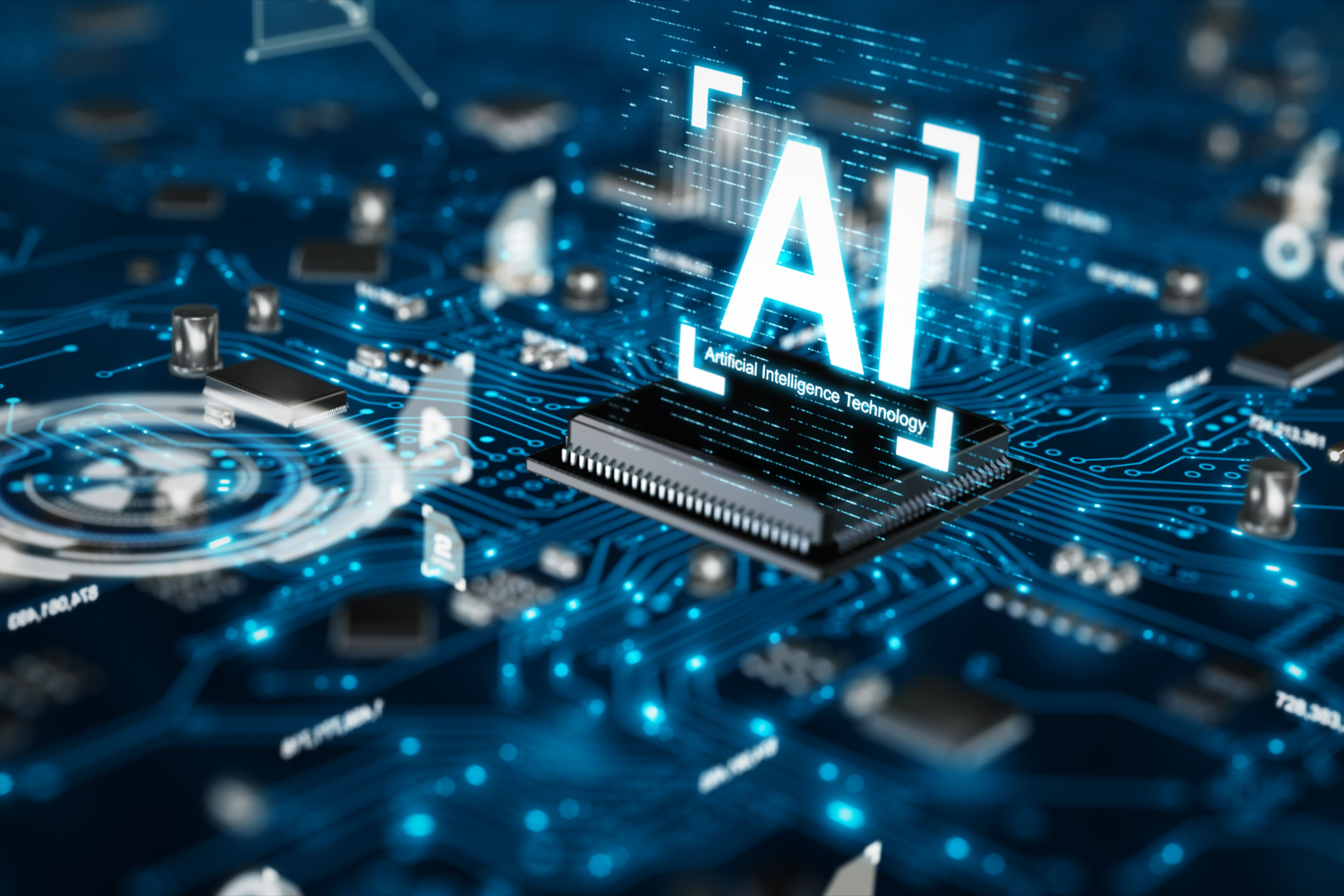AI, Machine Learning Improve Patient Care, Can Empower Health Care Professionals
There are still significant unresolved issues in artificial intelligence and machine learning, which must be addressed before they can be safely and effectively used more broadly in medicine.
In addition to improving the quality of care that health professionals can deliver to patients, a recent article published in The New England Journal of Medicine argues that artificial intelligence (AI) and machine learning will make it possible for health professionals to spend more time on essential human-to-human interactions.
Credit: Kaikoro - Austria - stock.adobe.com

Throughout the 1990s and early 2000s, computer researchers were rapidly improving the ability of machines to perform some repetitive medical tasks, which typically would have been prone to human error. Over recent decades, computer reading of electrocardiograms and white-cell differential counts, analysis of retinal photographs and cutaneous lesions, and other image-processing tasks have become a reality, largely accepted and incorporated into clinical practice.
“Scientists are building massive grids of connected data to tease out new findings, using AI and machine learning,” the authors write. “…these advances have allowed the emergence of computers that can help you perform tasks that previously had been tedious.”
However, the use of AI and machine learning has expanded well beyond the reading of medical images, including helping to identify outbreaks of infectious diseases; combining clinical, genetic, and many other laboratory outputs to identify conditions that might have otherwise gone undetected; and streamlining health system business operations. However, there are still significant unresolved issues in AI and machine learning, which must be addressed before they can be safely and effectively used more broadly in medicine.
Firstly, the authors noted that norms have yet to be established with the use of AI and machine learning. Researchers are still unsure how biases in the algorithms used to “teach” AI tools have an influence when applied in the real world. In many ways, it seems that human values are overlaid with AI and machine learning tools, resulting in the same problems faced by health professionals rather than objective data.
Secondly, they said the precise roles for AI and machine learning remain unclear, with a myriad of potential uses suggested but not yet implemented. For example, some options include using AI and machine learning tools as personal scribes, or the ability for these tools to prompt physicians to ask a key question that might lead to a differential diagnosis.
With all of these options and the countless others, more clinical research is needed. Although the medical community expects the same amount of data and clarity regarding AI and machine learning interventions that they would with a pharmaceutical intervention, the standards for describing and testing these tools are still unclear.
Any research into AI and machine learning for medical uses must have 3 components, the authors said: First, it must answer a clinically meaningful question that can influence health professionals’ behaviors. Second, the intervention must be definable, scalable, and applicable. And finally, when the results are applied to practice, the outcome must be beneficial for all patients under consideration—not just those who are similar to the ones on whom the algorithm was trained.
One particularly interesting example of the potential opportunities for AI and machine learning in medicine involves the rapidly growing use of chatbots. The authors defined a chatbot as a computer program using AI and natural-language processing to understand questions and create automated responses to them, simulating human conversation. A very early medical chatbot, called ELIZA, was developed between 1964 and 1966, and more recently chatbot technology has spread to nearly all facets of life.
“Although chatbots have only recently been introduced at a level of sophistication that could have an impact on daily medical practice, we believe that their potential to influence how medicine is practiced is substantial,” the authors write.
New generation chatbots are incredibly powerful and could be used as a scribe or coach for medical professionals; however, the authors noted several key caveats. Notably, although chatbots can answer key questions that could help health professionals significantly, it is difficult to know whether the provided answers are grounded in appropriate fact, and the onus would be on clinicians to proofread and confirm the work of the chatbot.
“Nevertheless, we think that chatbots will become important tools in the practice of medicine,” the authors write. “Like any good tool, they can help us do our job better, but if not used properly, they have the potential to do damage.”
The authors concluded that the introduction of AI and machine learning has undoubtedly helped health professionals improve the quality of care that they can provide to patients and has incredible potential to improve care even further. Rather than putting health professionals out of business, as the authors said some have been concerned, working in tandem with these tools could make it possible for health professionals to do their jobs better and have crucial interactions with patients that make the profession so rewarding.
REFERENCE
Haug CJ and Drazen JM. Artificial Intelligence and Machine Learning in Clinical Medicine, 2023. New Engl J Med. 2023;388:1201-1208. doi:10.1056/NEJMra2302038.
